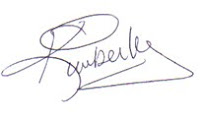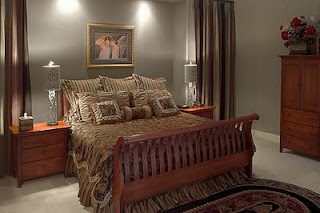Working in this industry, you understand the importance of accurately defining the scope of work in order to determine your firm's design fees. Similarly, in order to prepare an estimate for you, a photographer must have a detailed description of the assignment.
Though every photographer is different, typically an estimate has three components:
- Project Description
- Licensing Rights (Usage) Granted
- Pricing
Project Description
Including the name and location of the project additional information that will need to be included is the number of views, and the project timeframe, usually with a few milestones such as shoot date, and proof delivery date, final delivery date.
Also be sure to include your final image requirements as they relate to specific forms of media. Do you require transparencies, slides, black and white prints, color prints, electronic files or other specific deliverables? Remember to specify the sizes and quantities you will need.
Licensing Rights (Usage) Granted
An image is considered the intellectual property of the creator, the photographer. The photographer owns the copyright to the images he or she creates and is the only one who can license their use. This section of the estimate should very specifically answer these three basic questions:
- • Who will use the images?
- • How and where will the images appear?
- • How long will the images be used?
We tend to have our Usage information detailed in the Usage section of the Estimate, but some photographers have a separate licensing agreement document. If several parties choose to share in the cost of an project, each party is provided with a separate written licensing agreement unique to their specific needs.
It is vitally important that you and your photographer agree on the scope of a license before beginning the project. Should your marketing plans for the images change, be sure to discuss them with your photographer as soon as possible. This could save you money, because if you were planning on using the images in an advertisement, and now you are not, the cost of your usage fee will go down significantly.
Also, if you plan to share photographs with third parties who have not been involved in the commissioned assignment (e.g., members of the design team, contractors, consultants, product manufacturers, clients, tenants or magazine editors), permission must be obtained in writing from the photographer. Yes, oftentimes this will involve a cost, either to you or the third party, but, would you want someone to get something for free that you spent a lot of money to commission?
Also very important, you cannot give the right to use images to another person or firm without the written consent of the copyright holder, the photographer. You should also advise the party receiving the images to contact the photographer directly to secure a license granting permission for their use.
CAUTION: If you have received photographs from another person or firm, and you haven’t seen a document providing written permission for you to use them, it is YOUR responsibility to secure licensing rights before using them. When in doubt, contact the photographer before using the images.
Any copying, reproduction, distribution, public display or creation of derivative works of images without specific permission from the photographer is a violation of Federal copyright law.
Simply having physical possession of photographs, slides, prints, transparencies or digital files does NOT grant the right to use them.
Pricing
An estimate typically has two components:
Fees
There are two kinds of fees:
- Production or Creative Fees-reflect the time it takes to complete the entire assignment. This includes intangibles such as the photographer's experience, creativity and vision that he or she brings to the assignment. Other variables include: the total number of views requested, travel time, scheduling and deadlines, site logistics, and artistic considerations such as vantage point, time of day and composition.
In addition to the actual time spent behind the camera, a photographer's pre-production and post-production time may also be included in the Production Fee. Pre-production tasks commonly include: client meetings, site visits, meetings with the facility's management to organize access to the location, conversations with building engineers to arrange technical assistance with lighting, landscape maintenance and other related site-specific preparation. Post-production tasks commonly include image editing and selection, digital enhancement, client meetings and preparing images for final delivery.
- Licensing (Usage) Fees-reflect the value of the usage for each image in the assignment. This is determined by a number of considerations including how widely the images will be viewed, reproduced and distributed. Typically, the more extensive the usage, the higher the fee. Similarly, the fee increases correspondingly with the number of unique views being used.
To obtain the best value at the outset, negotiate usage for the entire group of images based on your currently planned needs, with the understanding that additional rights and related fees for unique purposes can be arranged in the future.
Expenses
Expenses for film photography may include: material costs such as film, processing and supplies. For digital photography, they may include: image capture charges, file conversions, post-production charges, archiving, digital retouching and file delivery.
Additional expenses may include charges for assistant(s), travel, photo finishing, special equipment or prop rentals, stylists, costs for location access, models, special insurance and miscellaneous expenses.
Whether you were there or not, and whether we are your photographer on a project or not, if you have any questions or comments about commissioning architectural photography, please feel free to drop us a line anytime. We'd be happy to help!

Kimberly Blom-Roemer
Photographer
R2 Photography, LLC
r2-photography.com
866-722-9506



















